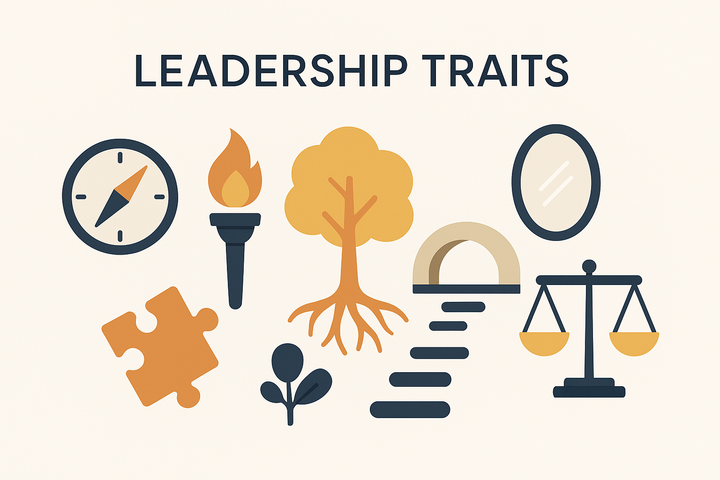Collaboration in Leadership: Harnessing Collective Strength

Definition and Importance of Collaboration in Leadership
Collaboration in leadership refers to the ability to work effectively with others, both within and outside the organization, to achieve common goals. It involves valuing diverse perspectives, sharing knowledge, and fostering a cooperative environment. In leadership, collaboration is crucial as it drives innovation, enhances problem-solving, and leads to more informed decision-making. Collaborative leaders recognize that the best solutions often come from a collective effort and that teamwork can lead to greater achievements than working in silos.
Real-world Examples - Leaders with Collaborative Skills
Tim Cook, CEO of Apple, is known for his collaborative leadership style. He emphasizes teamwork and inclusivity in decision-making, which has been key to Apple’s continued innovation and success. Another example is Mary Barra, CEO of General Motors, who promotes collaboration across various departments to drive the company’s vision forward, particularly in areas like technology and sustainability.
Benefits and Challenges of Fostering Collaboration
The benefits of collaboration in leadership include a more cohesive team, a blend of diverse skill sets, and a culture that values mutual support and shared success. However, the challenge lies in managing differing opinions and ensuring that collaboration leads to productive outcomes rather than conflict or indecision.
Developing Collaboration as a Leadership Trait
To enhance collaborative skills, leaders can:
- Create opportunities for team members to work together on projects.
- Encourage open communication and the sharing of ideas.
- Recognize and reward team achievements.
- Foster a culture where diverse opinions are valued and considered.
Measuring and Assessing Collaboration as a Trait
Leaders can evaluate their collaborative skills by:
- Reflecting on the effectiveness of team projects and initiatives.
- Seeking feedback from team members and peers on their approach to teamwork.
- Observing the level of engagement and interaction among team members.
Application of Collaboration in Different Leadership Scenarios
Collaboration is essential in:
- Cross-functional projects, where diverse expertise is required.
- Problem-solving sessions, where multiple perspectives lead to better solutions.
- Strategic planning, where collective input ensures a comprehensive approach.
Balancing Collaboration with Other Traits
While collaboration is valuable, it should be balanced with decisiveness and direction. Leaders need to ensure that collaborative efforts remain focused and aligned with organizational goals.
Actionable Takeaways - Self-Reflective Questions on Collaboration
- How do I promote a collaborative environment within my team?
- In what ways can I improve my approach to fostering teamwork and cooperation?
- How can I ensure that collaboration leads to effective and timely outcomes?
Reflecting on these questions can help leaders bolster their approach to collaboration, enhancing the synergy and productivity of their teams.



